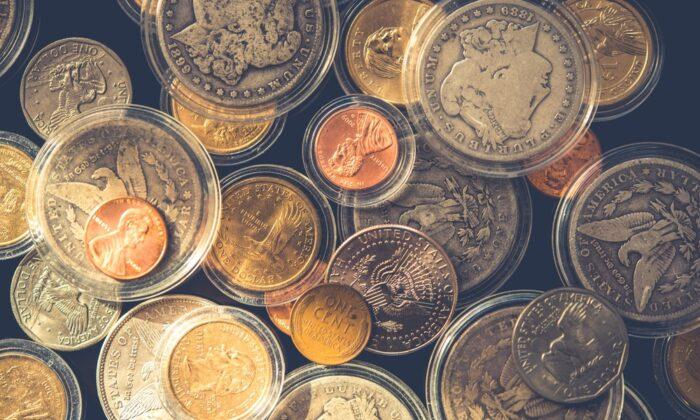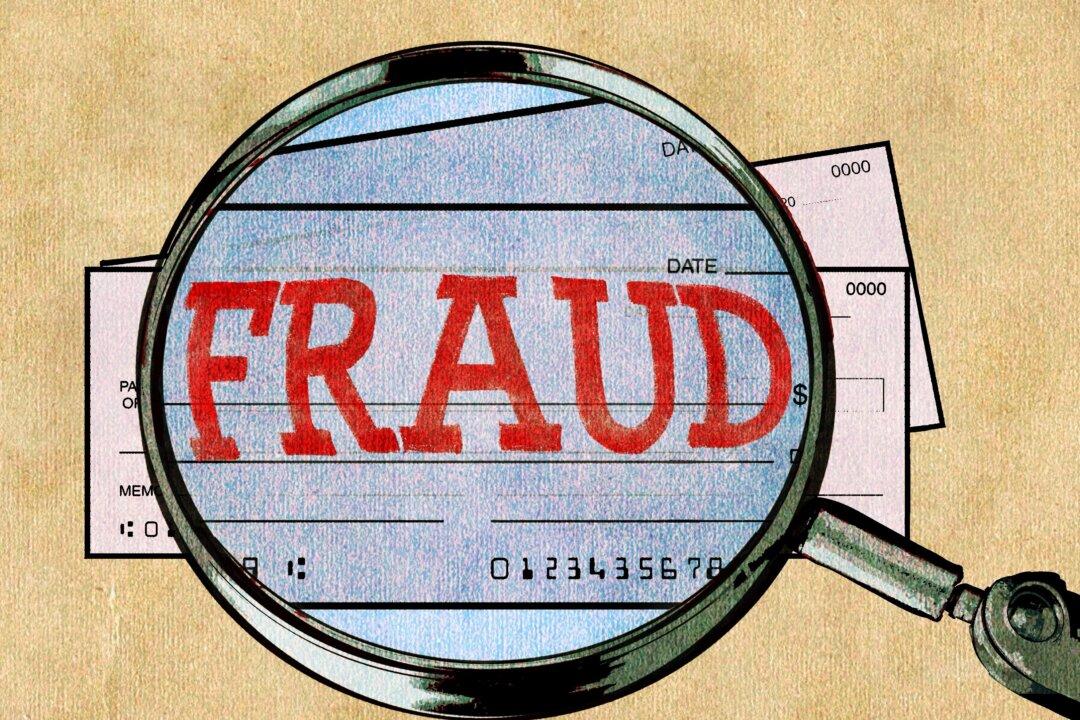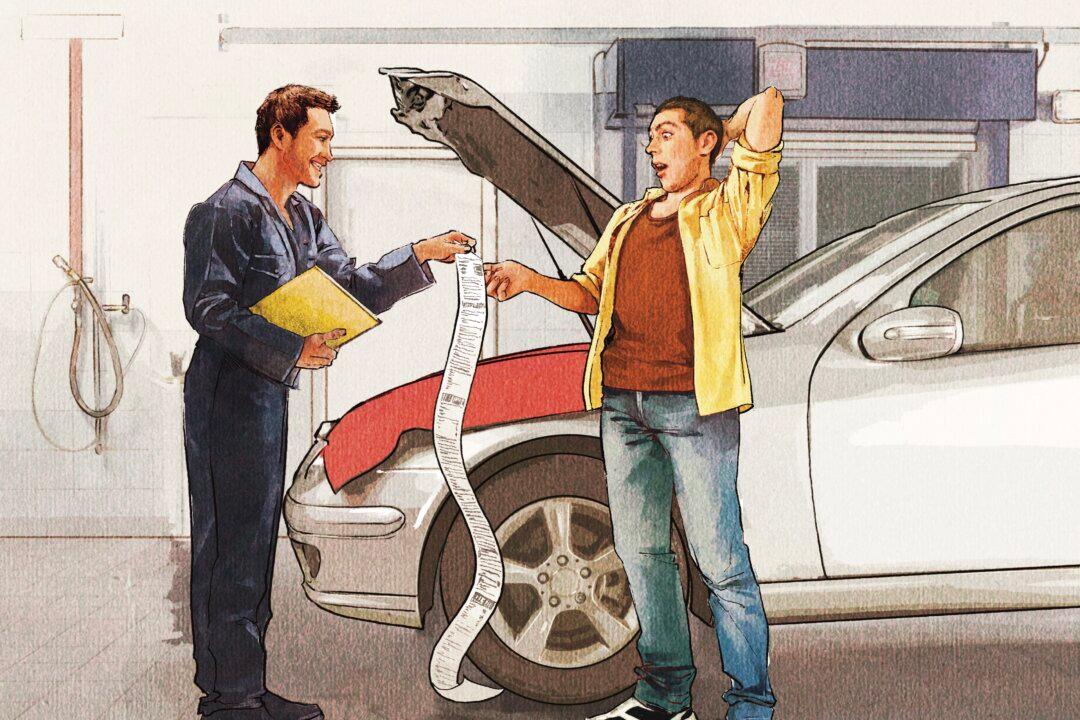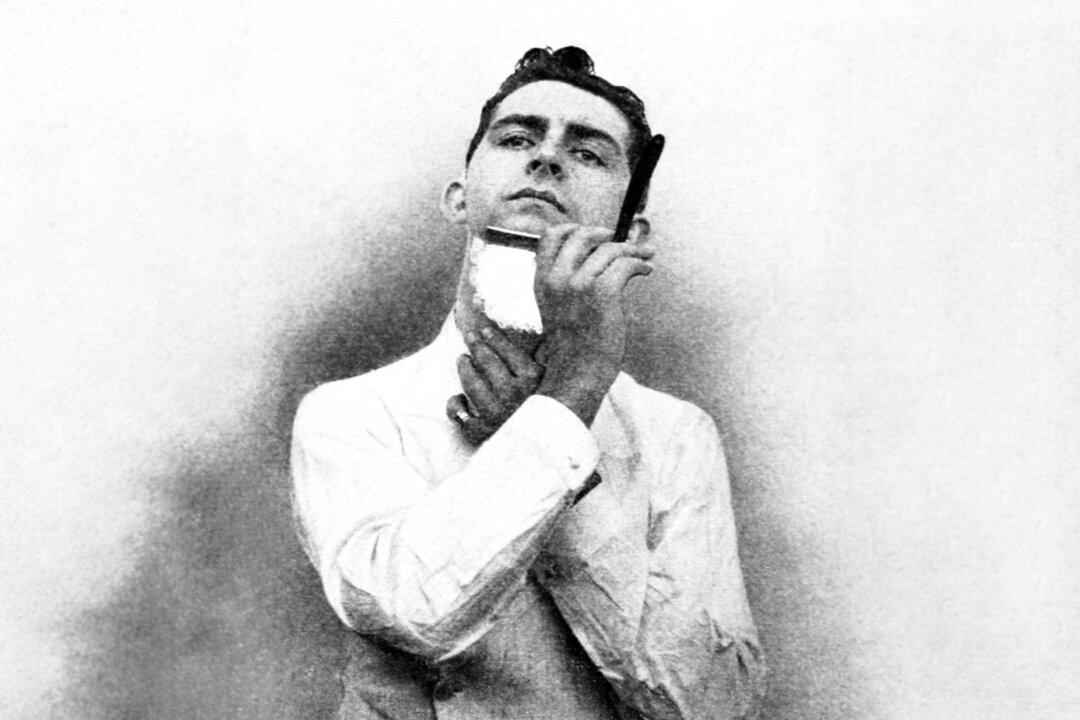The “aha!” moment may occur upon a closer look at an unusual coin received as change.
While old coins provide a tangible connection to the past, few people would be excited by a dusty box of coins at a garage sale—until they read about a rare coin selling for millions. There are significant opportunities for appreciation if you choose wisely.
In the world of investing, anything that has the potential to be purchased low and sold at a profit merits consideration. Accordingly, traditional investment vehicles such as stocks and bonds have been joined by investment-grade coins.
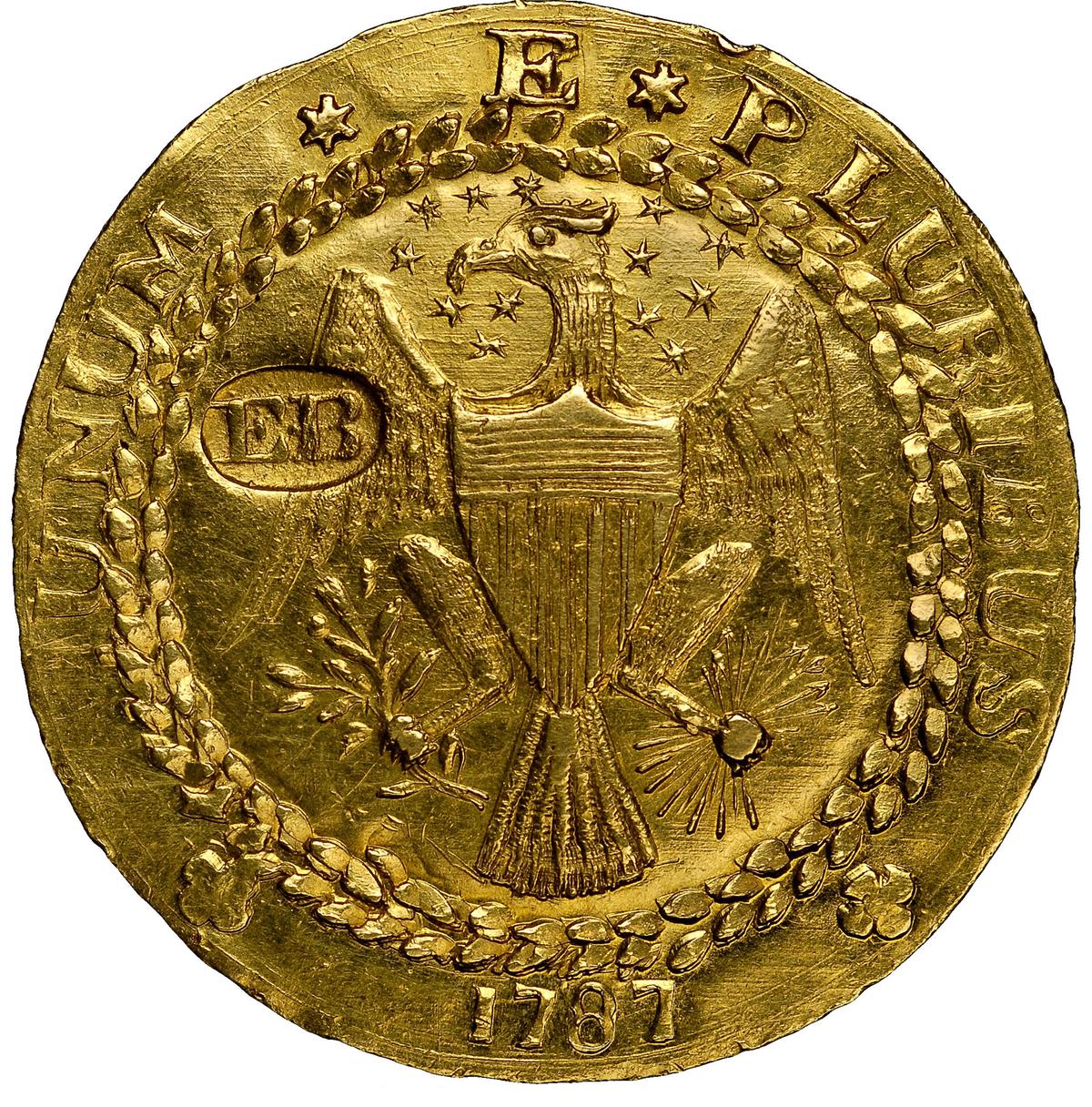
Because there are so many coins to choose from, ranging from the Roman denarius to misprinted coins, it’s wise to decide on a theme for your collection. This approach allows you to focus on and learn about specific coins or categories, such as age, history, design, or material composition, in order to make wise acquisition choices. There’s no such thing as having too much knowledge.
There’s always the chance you can discover a valuable coin in the change you receive from a store purchase, but most investors purchase coins from auction houses and coin resellers, or search for them at antique stores, and estate and garage sales.
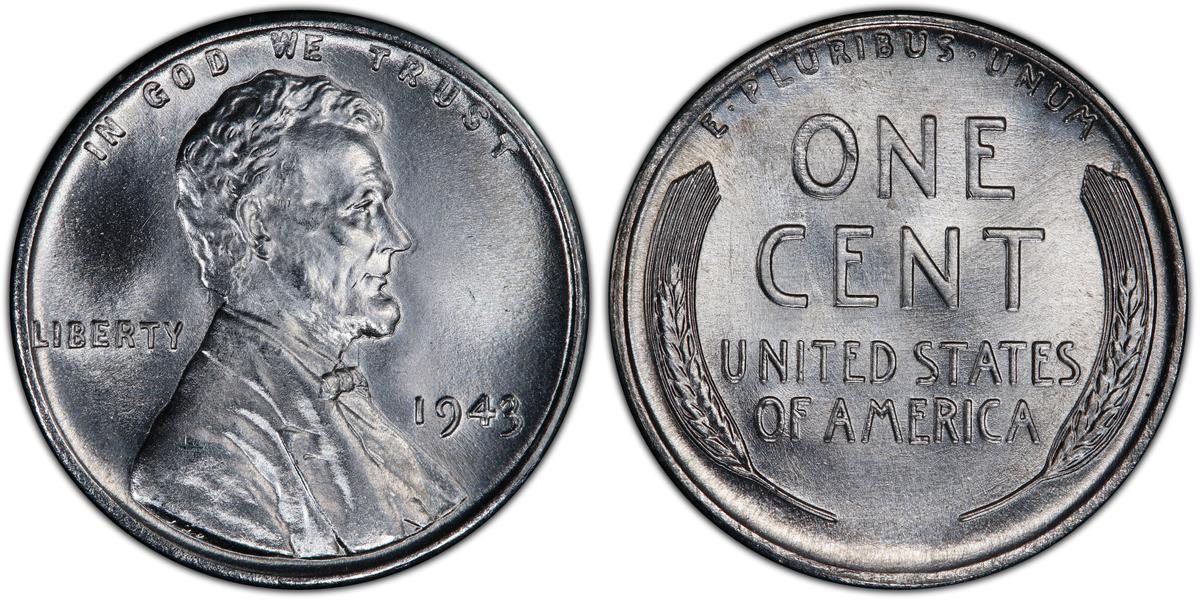
As is the case with antiques and artwork, a number of auction houses specialize in coins, such as Heritage Auctions, which in 2021 sold a 1787 New York-style Brasher doubloon for $9.3 million. One of just seven made, this particular coin had been resold several times via auction since 1847, increasing in value significantly each time. Heritage Auctions and others have regularly scheduled auctions in which bidders can participate in person or online. With all auctions, be aware that a buyer’s premium representing up to 20 percent of the winning bid will be added to the total due.
It can’t be overstated that extensive knowledge of any particular coin or category is vital when acquiring them in hopes of future appreciation. Also, keep in mind that in most cases, a long hold is required in order to see a significant increase in value. Unless you stumble across an extremely rare coin that you’re able to acquire inexpensively and then sell soon after for a large profit, most experts suggest a hold of 10 years or longer.
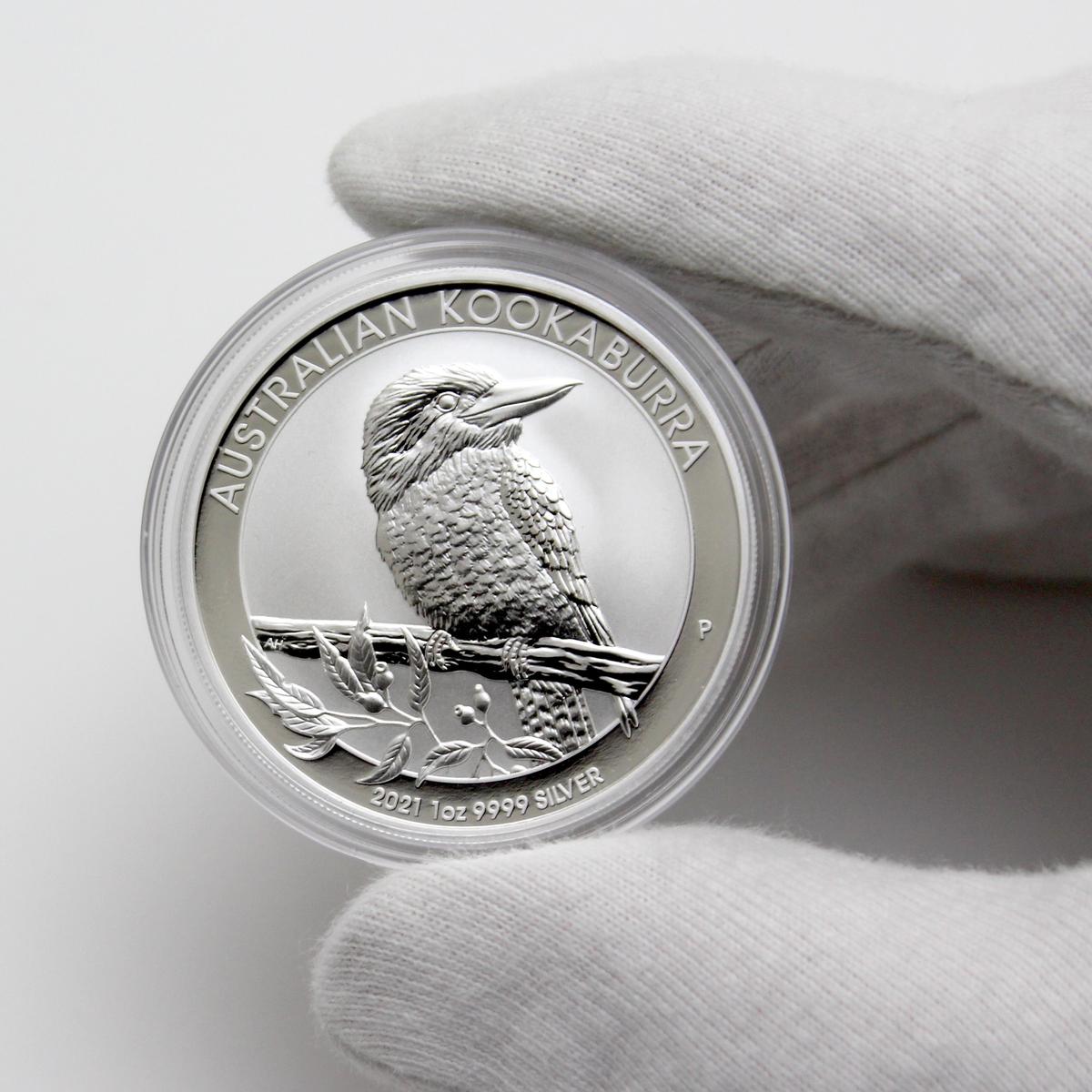
There are many firms that specialize in reselling coins used as currency as well as commemorative coins, but, as with any other business, their goal is to buy low and sell high, thus reducing most, if not all, potential for short-term appreciation.
Organizations such as The Franklin Mint offer coin collector starter kits, in which you can focus on first-year issues, history, or composition (metal content). One of their more popular basic starter collections includes a one-pound bag of Lincoln Wheat pennies from 1909 to 1958. Named for the wheat design on one side and Abraham Lincoln’s likeness on the other, these circulated, often worn coins are 95 percent copper, except for the 1943 coins, which were made of steel due to the wartime shortage of copper. Sold for $42.99, this kit is an easy way to ease into coin collecting, but isn’t a great investment, as most Lincoln pennies range in value from a few cents to maybe 10 cents each.
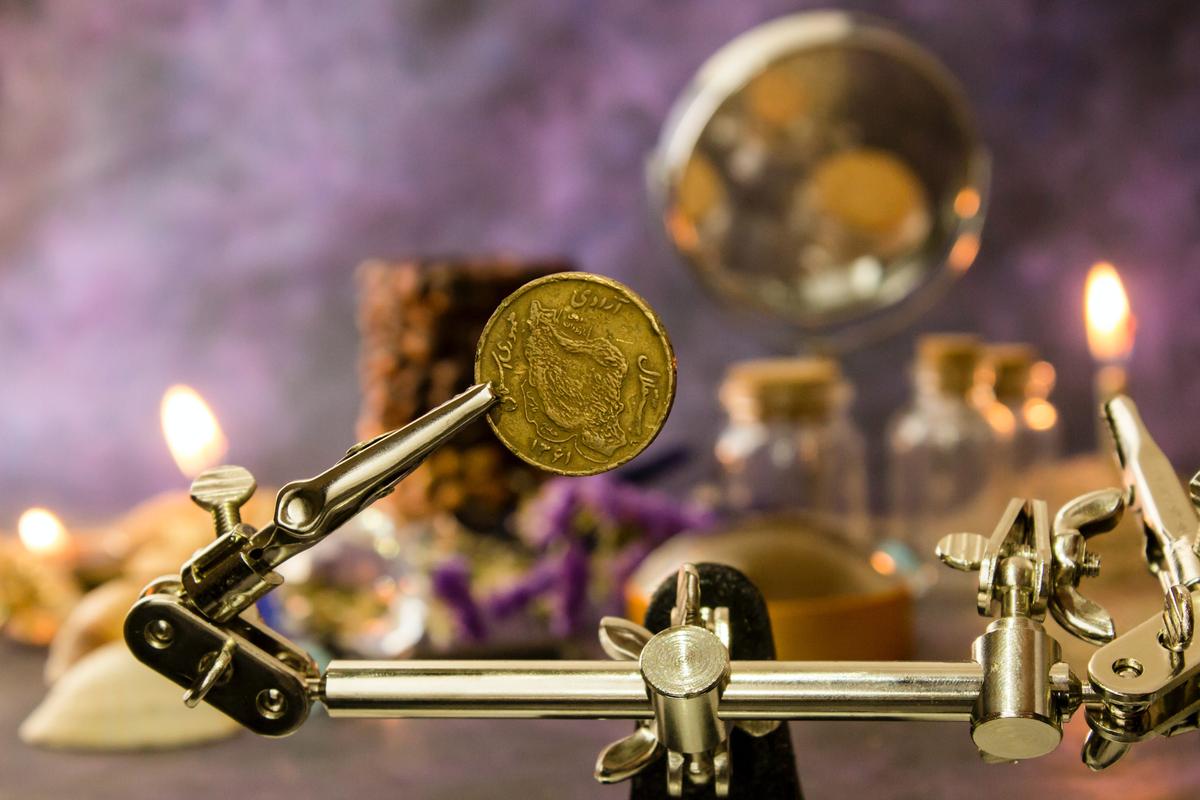
That being said, a 1943 Lincoln penny sold for $1 million at auction in 2012. As noted above, 1943 Lincoln pennies were made of steel, with most currently worth about 10 cents in worn, circulated condition, according to Gainesville Coins of Tampa, Florida. However, either by accident or on purpose, a very small, as yet unknown number were made from copper planchets (discs from which coins are struck) and are remaining from the 1942 production runs. There are also other valuable Lincoln “error” pennies, including 1944 steel examples worth up to $125,000 in uncirculated condition.
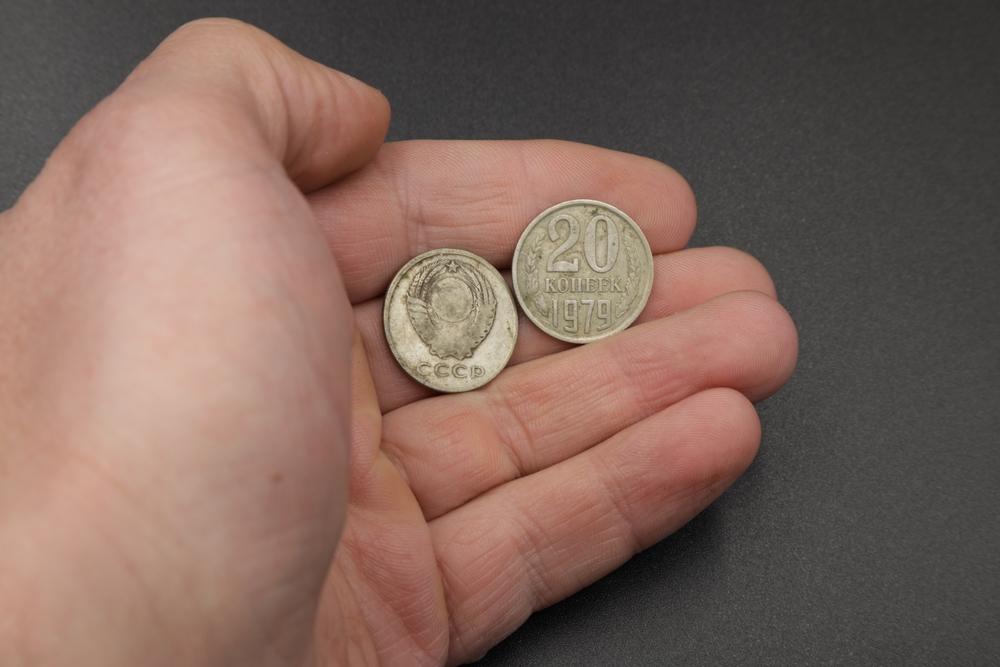
The lesson here is to focus on specific categories and learn as much as possible about them in order to recognize a great deal when you see it. Many collectors and investors focus solely on error coins. As a rule of thumb, an uncirculated coin will be more valuable than a circulated coin showing scratches and other indicators of having been carried and used. On a related note, the U.S. Mint will pay bullion value for old U.S. coins, such as those made of silver or gold, regardless of condition.
Rarity throws all the rules out the window, whether due to low production numbers or simply only a very few having survived since being minted many hundreds of years ago. The bottom line? Investing in coins requires significant knowledge, time, and effort, as is the case for any potential asset. If you pursue it, exercise great care and seek the advice of investment and tax professionals.

